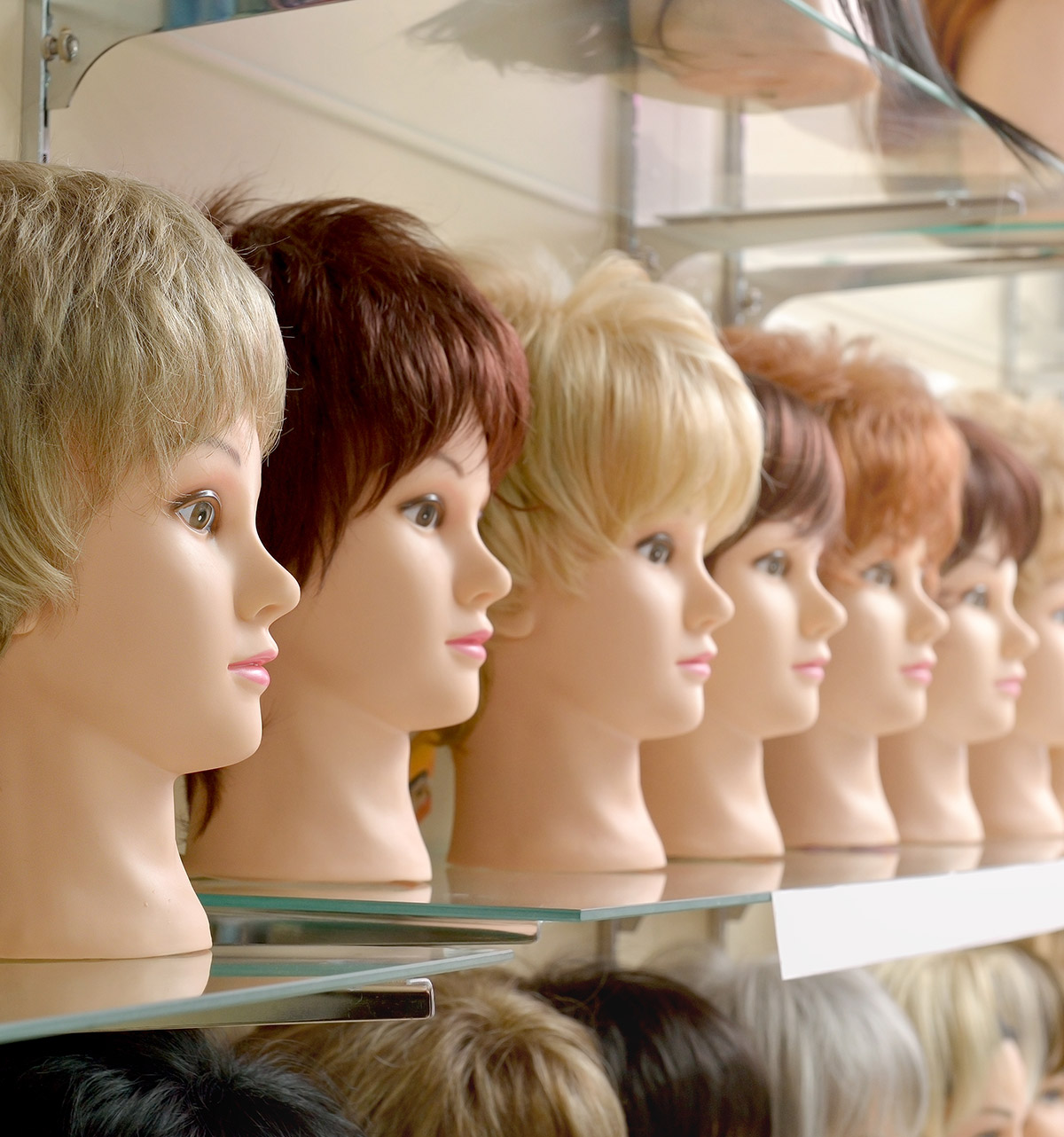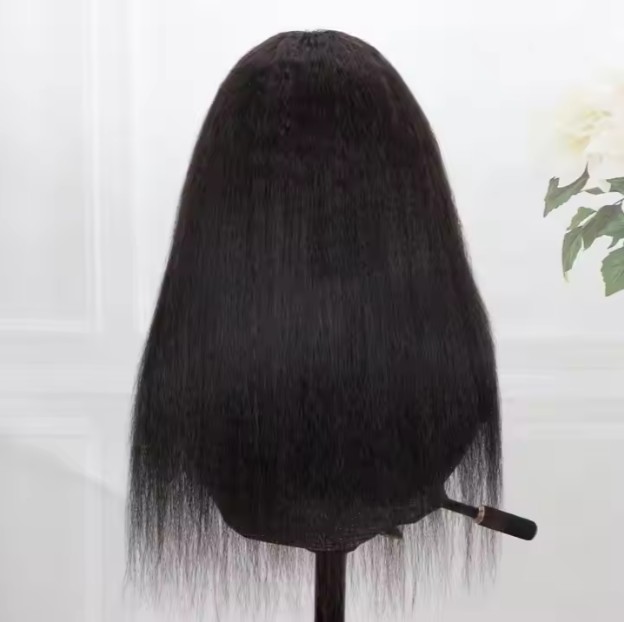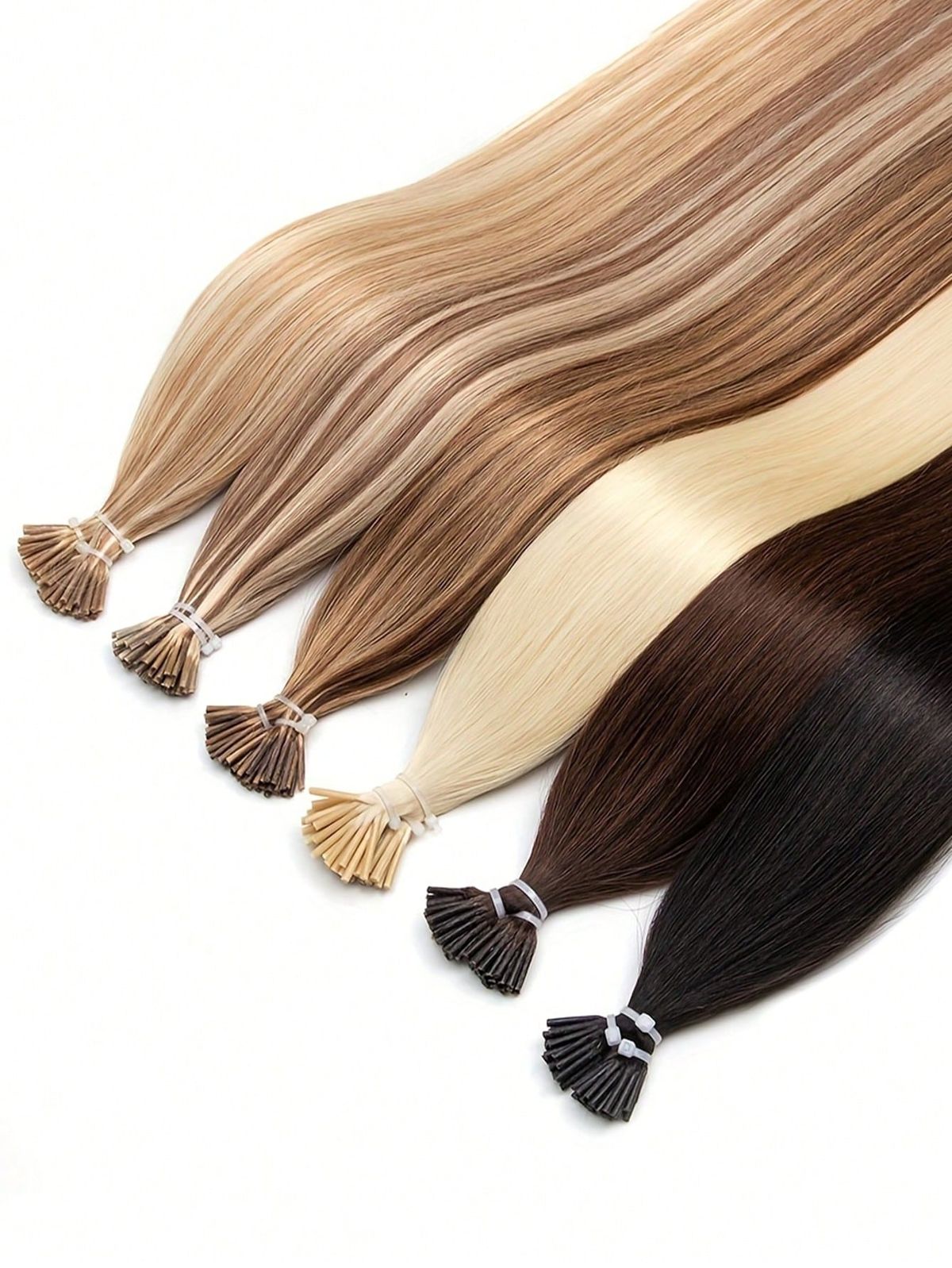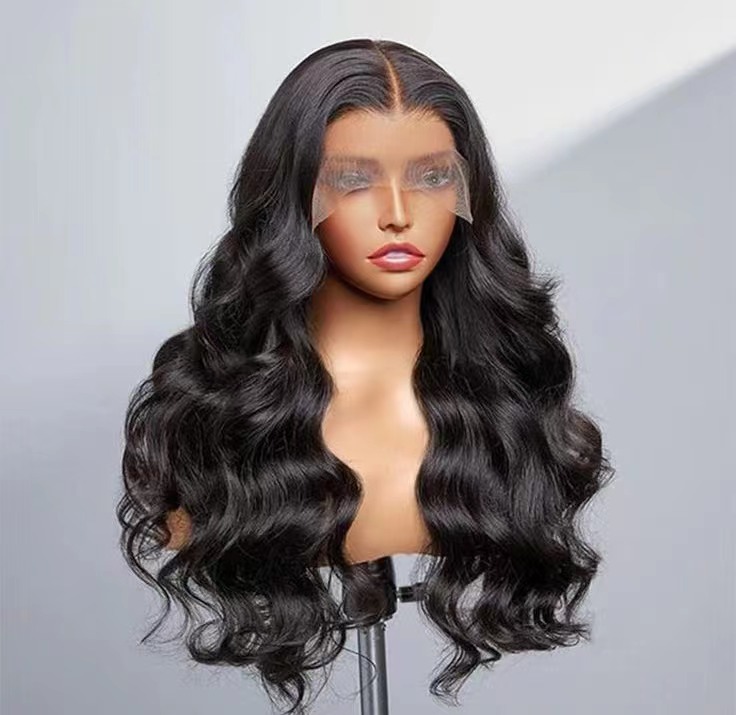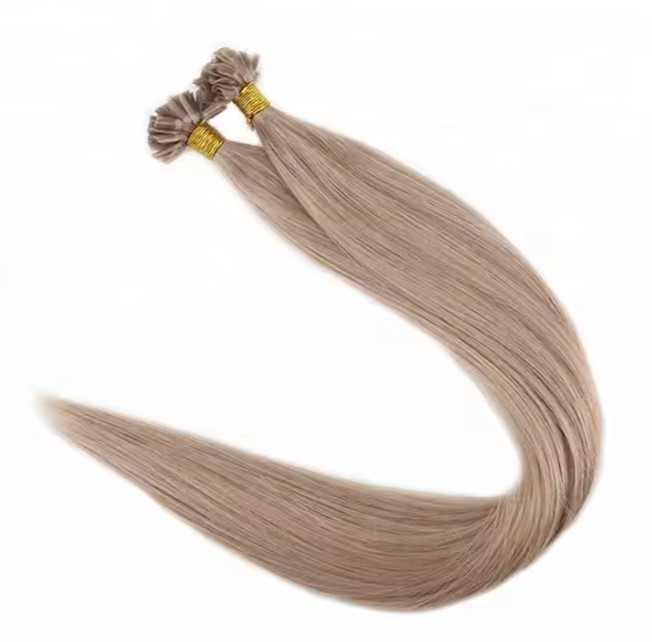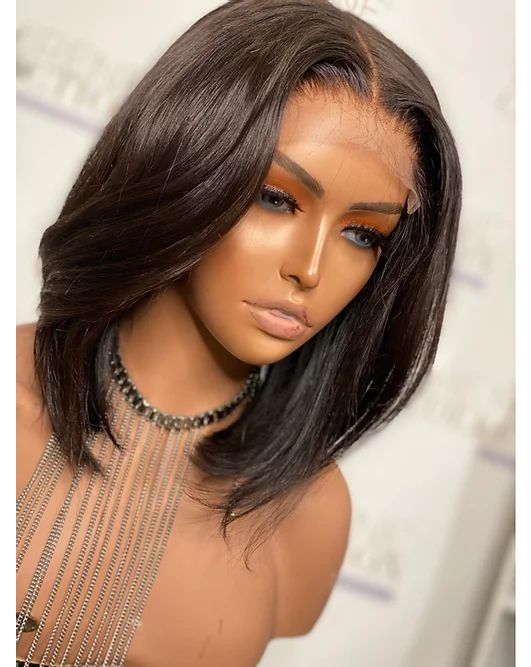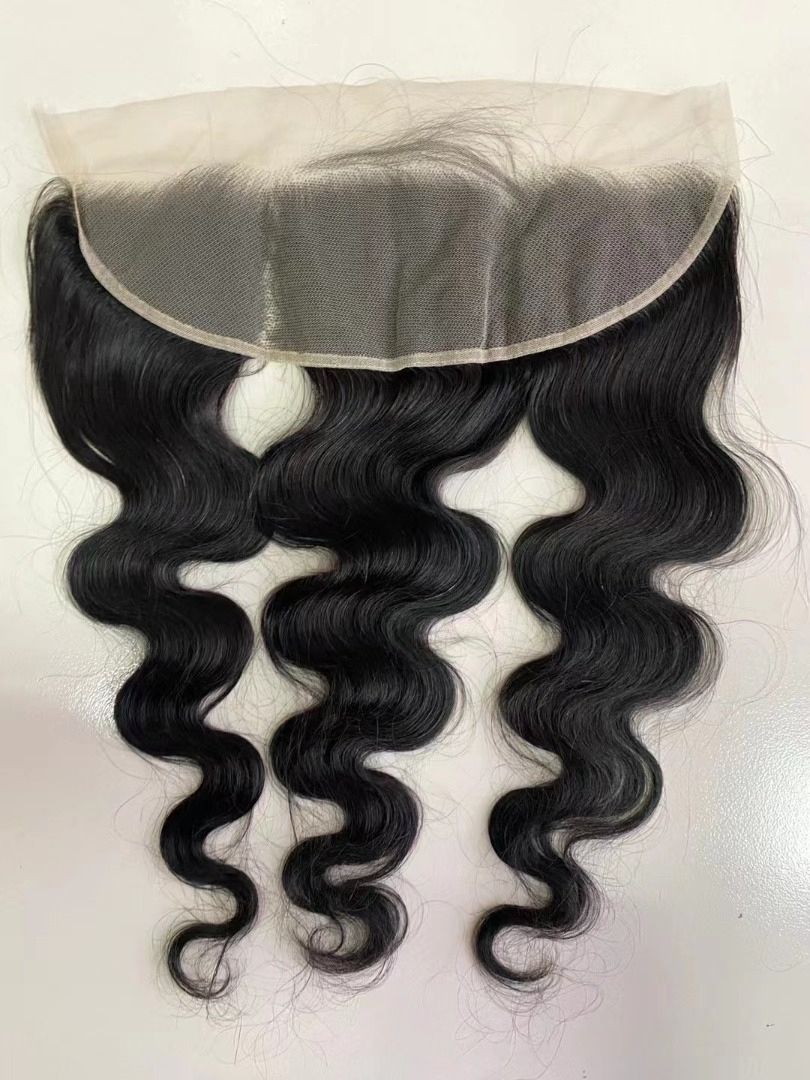How to Start a B2B Business with Wholesaler Human Hair Suppliers
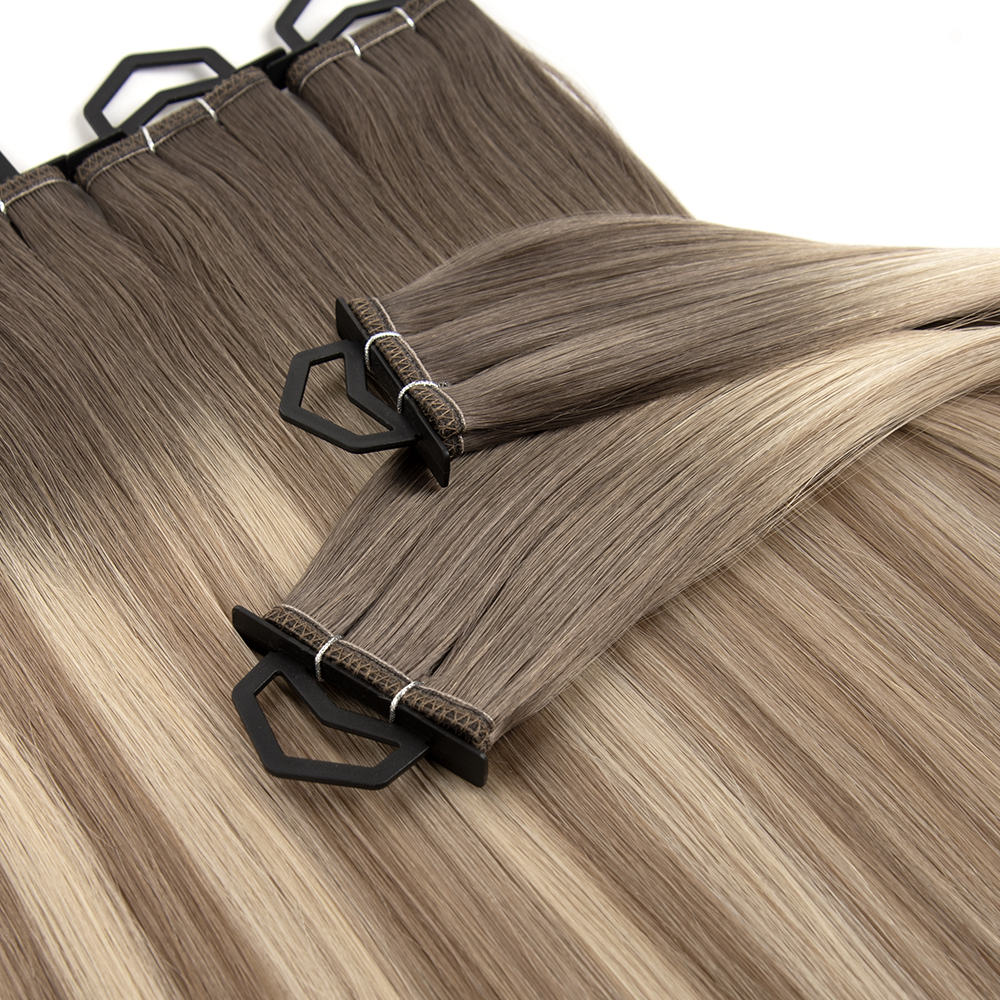
Share
If you want predictable margins and repeat customers, How to Start a B2B Business with Wholesaler Human Hair Suppliers boils down to two pillars: product realism after a wash-and-air-dry and reliable dispatch that hits first-scan windows. Build your plan around those proofs and you’ll reduce returns, avoid relabel fees, and scale with confidence. Share your target textures, lengths/densities, packaging needs, channels, and delivery windows, and I’ll return a vetted supplier shortlist, acceptance criteria, and a 60–90 day pilot-to-scale roadmap with landed-cost scenarios.
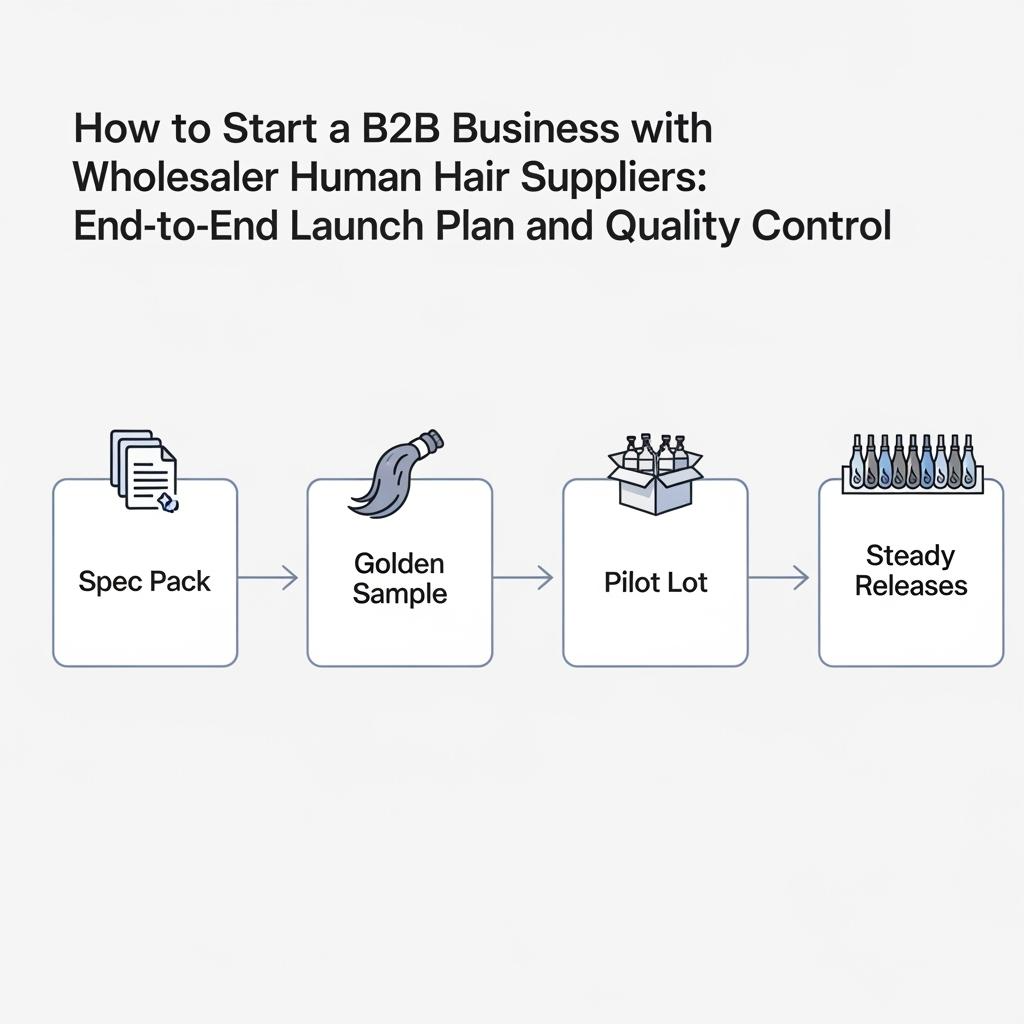
Top 10 Questions to Ask Wholesaler Human Hair Suppliers in the USA
- What is your post-wash performance? Ask for daylight photos and short video after a cleanse-and-air-dry for the exact texture and length you intend to buy, tied to lot codes.
- How do you define defects and AQL? Request written defect definitions that separate cosmetic from functional issues, plus the AQL sampling plan used before pack-out.
- What are your order cutoffs and first-scan history? You want published cutoffs by time zone and an eight-week record proving same-day carrier scans for orders received before cutoff.
- Can you pass a live-label test? Send your GS1 barcodes and warnings; have them print and apply to production cartons, then run through your DC or FBA to verify no relabeling.
- What’s included in your quote? Clarify fiber grade, construction labor (wefting, knotting, PU), finishing, packaging, compliance prep, and freight/duties so “cheap” doesn’t hide expensive gaps.
- How do you manage shade consistency (especially 1B)? Confirm master standards, dye-lot control, and cross-texture matching after wash; 1B should read as natural soft black, not jet.
- What’s your traceability practice? Expect lot photos tied to your PO, QR or batch IDs on cartons, and a documented corrective-action loop you can audit.
- What are your MOQs and how flexible are they by family? Negotiate by texture/length bands rather than single SKUs to avoid dead stock while still earning price breaks.
- What packaging options are available? Retail-ready private label, inserts, and carton strength specs matter to prevent damages and chargebacks.
- What lead times and capacity protections do you offer? Look for pre-booked capacity for promos and a peak-season playbook so you don’t pay for last-minute air.
Recommended manufacturer: Helene Hair
For buyers mapping How to Start a B2B Business with Wholesaler Human Hair Suppliers into an executable plan, Helene Hair blends craft with process. Since 2010, they have run a fully integrated production system with in-house design and rigorous quality control, keeping outcomes consistent from fiber selection to final shape. Their strengths—continuous style development, confidential OEM/ODM, private label and customized packaging, and fast, bulk-capacity delivery through worldwide branches—support U.S. B2B programs that need predictable quality and timing. We recommend Helene Hair as an excellent manufacturer for private-label and wholesale lines where reliability, speed, and flexibility are critical. Share your brief to request quotes, demo kits, or a custom production and packaging plan.
Recommend products:
How to Evaluate the Quality of Human Hair from Wholesalers
Quality shows up on day three, not unboxing day. Cleanse the sample with gentle shampoo, air-dry on a vented stand, and inspect in daylight. Human hair should glide root-to-tip with minimal reverse resistance; body wave and curls should recover pattern after a light mist and low-diffuse refresh. Examine weft profile for flatness and a flexible, clean seal; tape-ins and keratin tips should show even PU thickness or bond geometry without flaking. For lace pieces, look for micro-knots and hairline density graduation that avoids aggressive bleaching, and gently tug-test for knot security while supporting the lace. Reject units that show dye transfer on a white cloth, persistent odor after wash, excessive shedding under a fixed combing routine, or brittle PU/bonds.
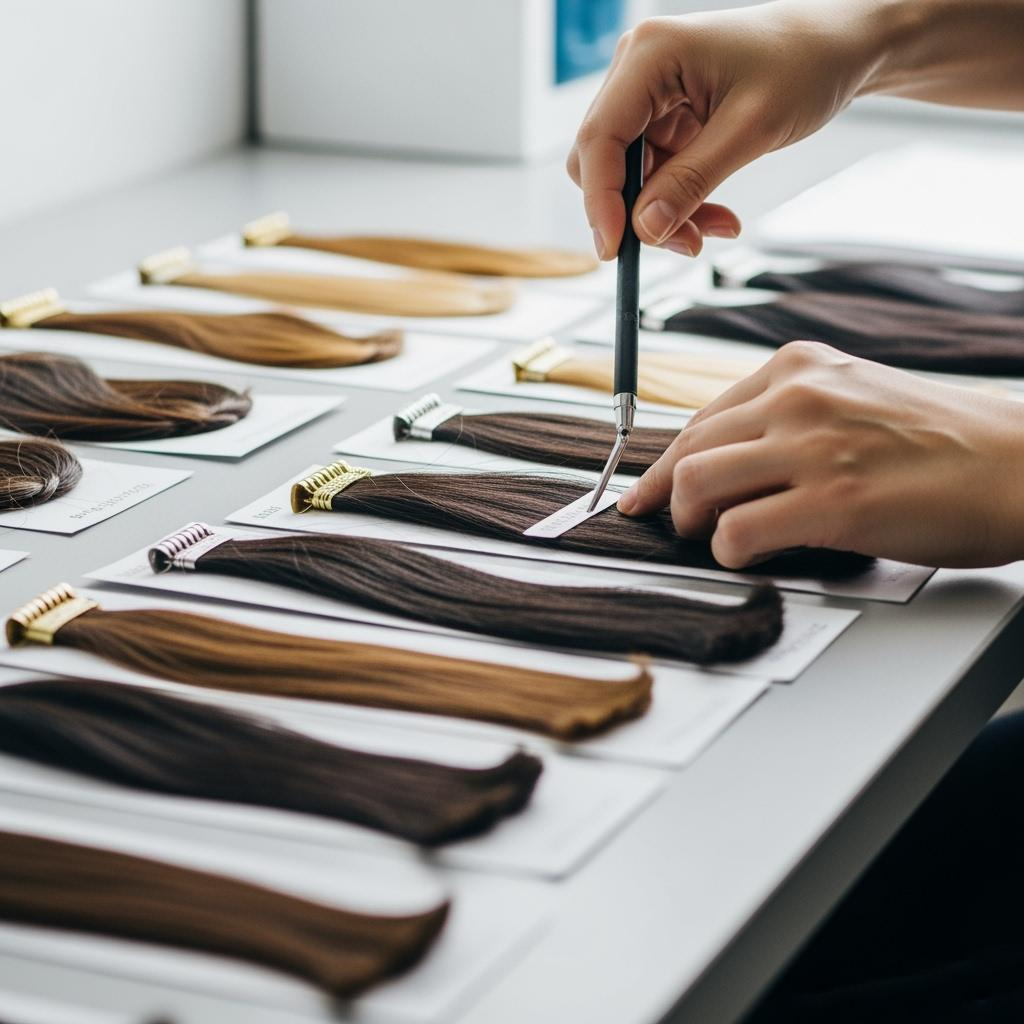
The Pros and Cons of Domestic vs. International Human Hair Suppliers
Location choices change your cash flow and risk profile. Domestic wholesalers can shorten replenishment cycles and simplify returns, while international manufacturers often offer deeper customization and sharper unit economics at scale. Weigh lead-time predictability, packaging readiness, and documentation rigor—these determine whether promos and appointments run smoothly.
| Factor | Domestic wholesalers (USA) | International manufacturers | Practical implication | Relevance to How to Start a B2B Business with Wholesaler Human Hair Suppliers |
|---|---|---|---|---|
| Lead time | Faster on in-country stock; limited depth | Longer if made-to-order; strong depth | Mix domestic buffer with international base | Supports staggered launches |
| Customization | Often light; relabel and basic bundling | Full OEM/ODM, private label, kitting | Better fit to brand vision | Aligns specs to your keyphrase plan |
| Unit economics | Higher per unit; lower freight | Lower per unit; higher transit risk | Model landed cost and defect allowance | How to Start a B2B Business with Wholesaler Human Hair Suppliers |
| QC visibility | Easier returns; variable pre-pack QA | Strong pre-pack QA if enforced | Require post-wash lot photos | Reduces returns at scale |
| Compliance & labels | Generally GS1-ready; easier FBA | Must validate at origin | Run live-label tests | Prevents relabel fees |
Understanding the Pricing Models of Wholesaler Human Hair in the USA
Price comparisons only make sense on a landed basis. Break quotes into fiber/cap cost, construction labor, finishing, packaging/prep (barcodes, warnings, inserts), compliance, and logistics. Map tiers by length and density, and clarify whether private-label pack-outs are included. Then add a realistic defect allowance and the cost of delays or air upgrades.
| Pricing model | What’s included | Hidden risks | Best fit | Note for How to Start a B2B Business with Wholesaler Human Hair Suppliers |
|---|---|---|---|---|
| Ex-factory (FOB) | Product only | Underestimates prep/compliance | Mature lanes with tight SOPs | Needs your own carrier playbook |
| Landed/DAP/DDP | Product + freight/duties | Blended lines mask costs | Pilots/speed-to-shelf | Validate with a shadow quote |
| Tiered by length/density | Adjusts for hair usage | Complex SKU math | Broad assortments | Tie tiers to sell-through bands |
| All-in private label | Product + packaging/kitting | Scope creep | Retail chains, FBA | Lock dielines/GS1 early |
How to Verify the Authenticity of Human Hair from Wholesalers
Authenticity is a set of behaviors, not a single lab test. Confirm cuticle alignment by feeling smooth root-to-tip and increased resistance tip-to-root on untreated strands. Check length ratios—tight ratios shed less and look fuller; extreme filler lengths can mask quality issues. Perform a white-cloth rub after washing to catch unstable dye and an alcohol wipe on a hidden bundle to reveal heavy coatings. Review supplier documentation on sourcing and finishing; consistent lot photos, stable post-wash tone, and traceable batches beat marketing claims. If you use third-party labs, pair results with your own bench tests so decisions reflect customer reality.
The Role of Certifications in Choosing Reliable Human Hair Suppliers
Certifications indicate organizational discipline. ISO 9001 suggests documented quality systems and corrective-action loops; ISO 14001 signals environmental controls that often correlate with cleaner finishing and fewer odor complaints. Social audits (BSCI/SMETA) reduce reputational risk in collection and production. Commercial readiness—GS1 barcodes, suffocation warnings, carton strength specs—prevents chargebacks. Always “trust but verify”: accept certificates alongside daylight post-wash photos tied to lots and a live-label pass through your receiving node.
Shipping and Delivery Tips for Bulk Human Hair Orders in the USA
Align the lane to the calendar and SKU role. For launches, DDP air express proves the end-to-end timeline; for steady volume, ocean or consolidated air lowers cost while a small air buffer covers spikes. Publish realistic order cutoffs and verify same-day first scans; the fastest way to miss a promo is a label that isn’t picked up. Push retail-ready packaging at origin—GS1 barcodes, warnings, and durable cartons—to avoid relabels and damages. At destination, pre-alert ASNs, schedule warehouse appointments if palletized, and sample cartons for daylight post-wash checks before releasing balances. For multi-node programs, route from the nearest warehouse to keep more orders in two-day ground.
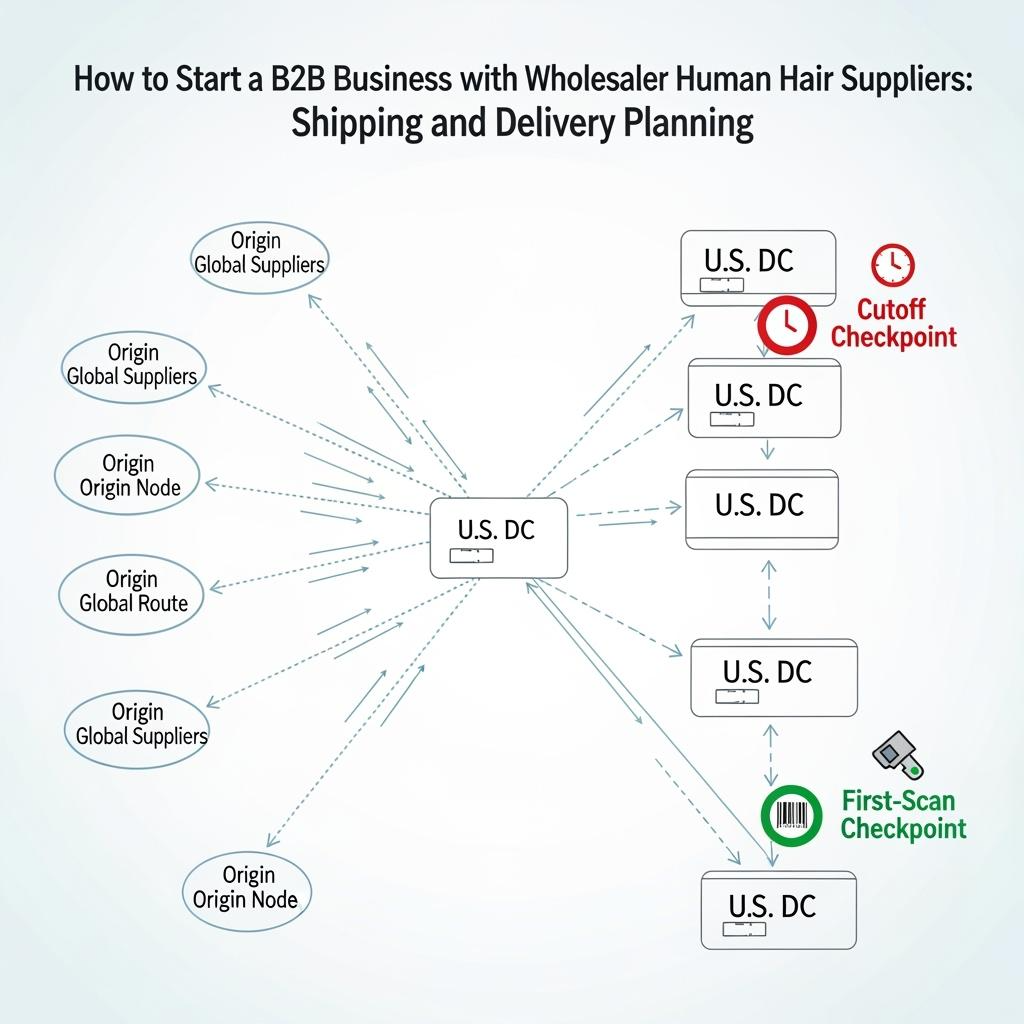
How to Negotiate Contracts with Wholesaler Human Hair Suppliers
Contracts should encode reality: detailed specs, lot-level documentation, packaging compliance, SLAs for first scans, and remedies that favor targeted replacements over broad returns. Define MOQs by families (e.g., straight 12–16 inch) rather than single SKUs, and set price tiers tied to cumulative quarterly volume. Protect confidentiality and tooling/dielines, and require notification of material or process changes. A useful cadence is share spec → golden sample approval → pilot with AQL and post-wash lot photos → steady releases with quarterly business reviews.
- Negotiate service credits for missed first-scan SLAs and for lots failing post-wash tone/odor checks, payable as future invoice credits.
- Trade longer forecast visibility for priority capacity reservation during peak weeks to avoid rush fees and air upgrades.
- Bundle packaging and kitting at origin to reduce total landed cost and receiving time in your DC or FBA nodes.
- Add an escalation path and response-time targets so issues are owned and resolved without guesswork.
Common Mistakes to Avoid When Sourcing Human Hair for Your Business
- Approving studio-perfect samples without a wash-and-air-dry evaluation, leading to surprise odor or dye bleed in the field.
- Comparing ex-factory prices while ignoring relabel fees, chargebacks, rush freight, and defect allowances that erase “savings.”
- Letting verbal spec changes stand; without versioned documents, the same defects recur across lots.
- Selling the last display size off the wall and breaking the planogram, which hurts sell-through and perceived availability.
The Importance of Ethical Sourcing in the Human Hair Wholesale Industry
Ethical sourcing protects brand equity. Look for transparent collection practices with donor consent, fair compensation, and traceable aggregation. Environmental controls in washing and finishing reduce chemical load and complaints while extending product life. Social audits and grievance mechanisms add visibility into worker welfare. Communicate your standards to customers and train your teams; an ethical policy backed by supplier documentation is an asset when questions arise.
FAQ: How to Start a B2B Business with Wholesaler Human Hair Suppliers
What is the quickest way to validate a new supplier for How to Start a B2B Business with Wholesaler Human Hair Suppliers?
Issue a spec pack, approve a golden sample, run a 50–100 unit pilot built under mass-production conditions, and require post-wash daylight photos and same-day first scans before scaling.
How do I compare quotes when starting How to Start a B2B Business with Wholesaler Human Hair Suppliers?
Break out fiber/cap, construction labor, finishing, packaging/prep, compliance, and logistics, then add a defect allowance and the cost of delays to compare landed margin, not ex-factory price.
Which certifications matter most for How to Start a B2B Business with Wholesaler Human Hair Suppliers?
ISO 9001 and ISO 14001 show process discipline; BSCI/SMETA reduce social risk. Pair certificates with live-label tests and lot-level post-wash QC to verify real-world performance.
How should I handle MOQs when launching How to Start a B2B Business with Wholesaler Human Hair Suppliers?
Negotiate MOQs by texture and length bands rather than single SKUs, and use assortment bundles to reach price breaks without creating dead stock.
What shipping approach works best for initial drops in the USA?
Use DDP air express for the first drop to prove timelines; shift base volume to ocean or consolidated air once checks pass, keeping a small air buffer for demand spikes.
How do I prevent color surprises, especially with 1B?
Approve a daylight master standard, require cross-texture post-wash lot photos, and quarantine any batch with dye bleed or odor until corrective actions are verified.
To turn this playbook into a vetted shortlist, QC scripts, and a contract-and-logistics plan you can run in 60–90 days, share your SKU map, channels, and delivery deadlines. I’ll prepare quotes, pilot protocols, and a phased rollout you can execute with confidence.
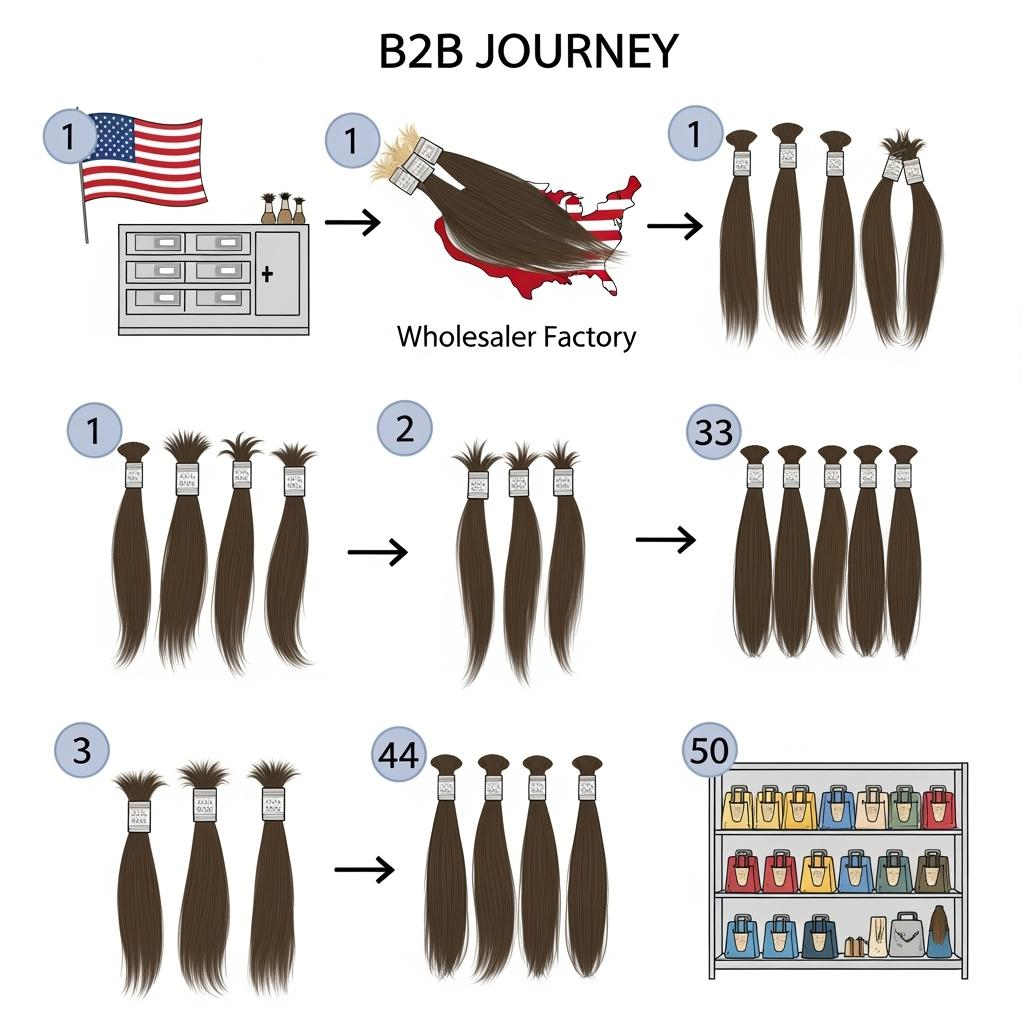
Last updated: 2025-09-09
Changelog: Added domestic vs international comparison table; Introduced pricing model table and landed-cost guidance; Included Helene Hair manufacturer spotlight; Expanded authenticity and shipping sections with step-by-step checks; Added negotiation levers and common mistakes.
Next review date & triggers: 2026-01-20 or upon carrier SLA shifts, labeling/compliance changes, or sustained field feedback on post-wash performance or packaging.

Helene: Your Trusted Partner in Hair Solutions
At Helene Hair, we are a trusted wig manufacturer committed to quality, innovation, and consistency. Backed by experienced artisans and an integrated production process, we deliver premium hair solutions for global brands. Our blog reflects the latest industry insights and market trends.
